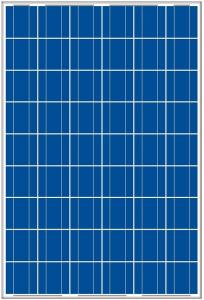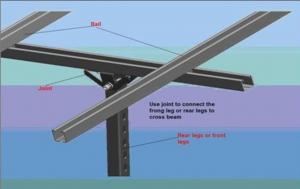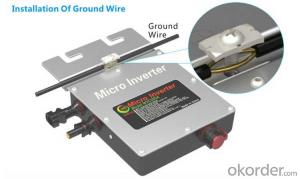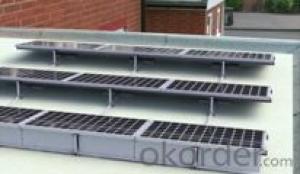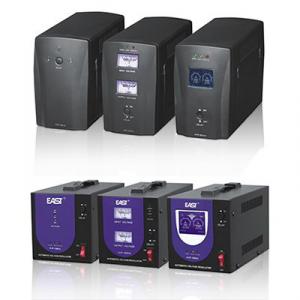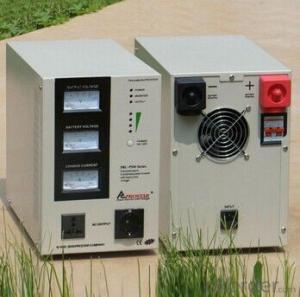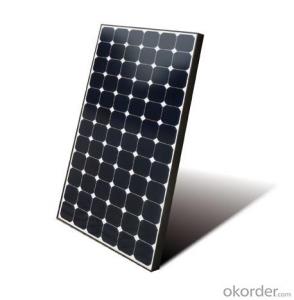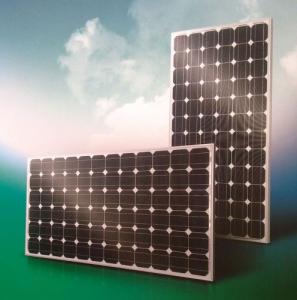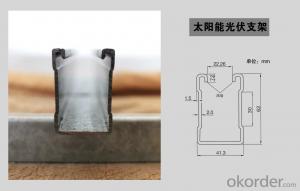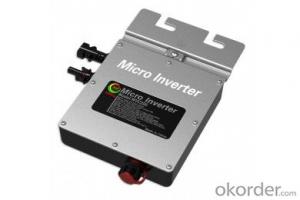Best Rv Solar Inverter
Best Rv Solar Inverter Related Searches
Best Solar Inverter For Rv Rv Solar Inverter Rv Solar Power Inverter Inverter For Rv Solar Solar Inverter For Rv Solar Power Inverter For Rv Solar Inverter Rv Solar Panel Inverter For Rv Rv Solar Inverter Kit Best Solar Inverter Best Solar Pv Inverter Rv Solar Kits With Inverter Best Inverter Solar Rv Solar Inverter Kits Rv Solar Inverter Systems Rv Solar Kit With Inverter Rv Solar System With Inverter The Best Solar Inverter Best Solar Power Inverter Rv Solar Setup With Inverter Best Inverter For Solar Pv Rv Solar Inverter Charger Best Inverter For Solar Rv Solar Panel Inverter Kit Best 12v Solar Inverter Best Solar Battery Inverter Solar Best Inverter Best Solar Panel Inverter Rv Solar Inverter Setup Solar Inverter BestBest Rv Solar Inverter Supplier & Manufacturer from China
Best Rv Solar Inverter is a high-quality product designed to efficiently convert solar energy into usable power for recreational vehicles. These inverters are essential for providing reliable electricity to various appliances and devices while on the go, ensuring a seamless and comfortable travel experience. The product is designed to handle the demands of modern RV living, with features such as surge protection, multiple output options, and energy-saving capabilities.Best Rv Solar Inverter is widely used in various scenarios, such as camping, boondocking, and off-grid living. It allows users to harness the power of the sun to run essential appliances like air conditioners, refrigerators, and entertainment systems, without relying on traditional power sources. This not only promotes energy efficiency but also enhances the overall sustainability of RV travel. The product's versatility makes it an ideal choice for those seeking a reliable and eco-friendly power solution for their recreational vehicles.
Okorder.com is a leading wholesale supplier of Best Rv Solar Inverter, boasting a large inventory to cater to the growing demand for this innovative product. The company prides itself on offering competitive prices, fast shipping, and excellent customer service, ensuring that customers receive the best possible value for their investment. By partnering with Okorder.com, customers can rest assured that they are purchasing a top-quality Best Rv Solar Inverter that will meet their needs and exceed their expectations.
Hot Products








